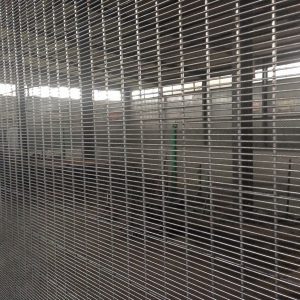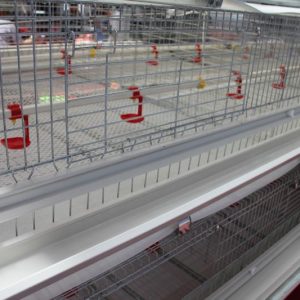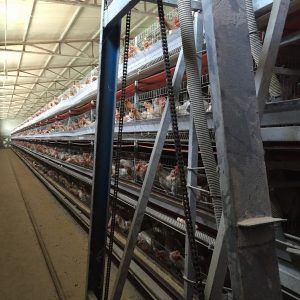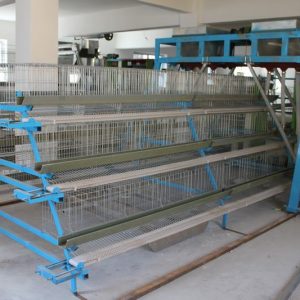
Do the following things for chicken farmers
The hot scorching heat has just passed, and now it is the autumn with the right temperature. However, autumn is generally cool in the morning and evening, hot at noon, and the temperature difference is large. At the same time, with the start of school and the arrival of the double festival in autumn, free-range eggs are also in the peak season, so in autumn, how to avoid unnecessary losses caused by excessive temperature difference. It is important to ensure the high yield of native chickens.
1. Increase the frequency of feed feeding and supplement nutrition
Chicken farmers generally know that in the hot summer months, the intake of native chickens will decrease, the body weight will decrease, and the egg production will decrease. With the arrival of autumn, the heat stress will decrease and the intake of native chickens will also increase. Increase, it is necessary to increase the number of feeding at this time, so that the chickens absorb sufficient nutrition, gain weight, restore function as soon as possible, and increase egg production. In general, local chickens eat freely outside during the day, and can be fed once in the evening when they return to the hen house.
2. Insufficient light, fill light
With the advent of autumn and changes in the length of the day and night, the native chickens, especially during the laying period, face the problem of insufficient light, which has a great impact on the growth of the flock. Related studies have shown that insufficient light can cause chicken brain Pituitary gonadotropin secretion decreased, immunity decreased, comprehensive production performance decreased, and incidence increased. Therefore, after the chicken enters the chicken coop, at night or between 5 a.m. and daylight, appropriate supplementary lighting can be applied to ensure that the lighting time is 16 hours.
3. Frequent disinfection and ventilation to avoid respiratory diseases
Autumn is cooler in the morning and evening, but the temperature is particularly high by noon, and the temperature difference is large, which is the most likely cause of respiratory disease in chickens. If there is poor management, poor sanitation in the chicken house, coupled with large temperature differences, it is easy to cause respiratory diseases.
At this time, it should be noted that to reduce the density of chickens, generally according to the density of about 15 chickens per square, strengthen ventilation to ensure fresh air. During the day, chicken manure should be cleaned in time and disinfected regularly to keep the house clean and hygienic.
4. Strengthen epidemic prevention and deworming
The focus is on prevention of Newcastle Disease and Avian Influenza. In order to reduce the impact on laying hens, multi-vitamin supplementation of the diet, especially VC and VE, can be appropriately increased within 2-10 days before immunization to enhance physical fitness and reduce the stress response caused by immunization.
In addition, the autumn climate, suitable for the activity and reproduction of pathogens, especially roundworms and tapeworms, need to do a good job of deworming in autumn.
5. Prevent the occurrence of chicken pox
In the summer, chicken farmers know the need to prevent mosquitoes and flies, but in the autumn, many chicken farmers ignore this link. The old irons who raise chickens all know that chicken pox is very harmful to chickens, which not only affects the egg production of local chickens but also affects the sale. However, this disease is most likely to occur in autumn because the important spreader of chicken pox mosquito.
In autumn, the weather turns cold, the chickens’ resistance is weak, and the pathogens are more likely to spread. Although in the autumn, mosquitoes and flies are still rampant in the chicken coop. Therefore, the work of preventing mosquitoes and flies in autumn cannot be slack.
6. Prevent mold mildew etc.
In autumn, it is time to feed chicken with new corn. However, new corn has a large water content and is prone to mildew. It is necessary to strengthen the management of the place where feed is stored and control the temperature of the warehouse to prevent mildew. At the same time rational use of feed mold remover. Use safe and efficient products.



